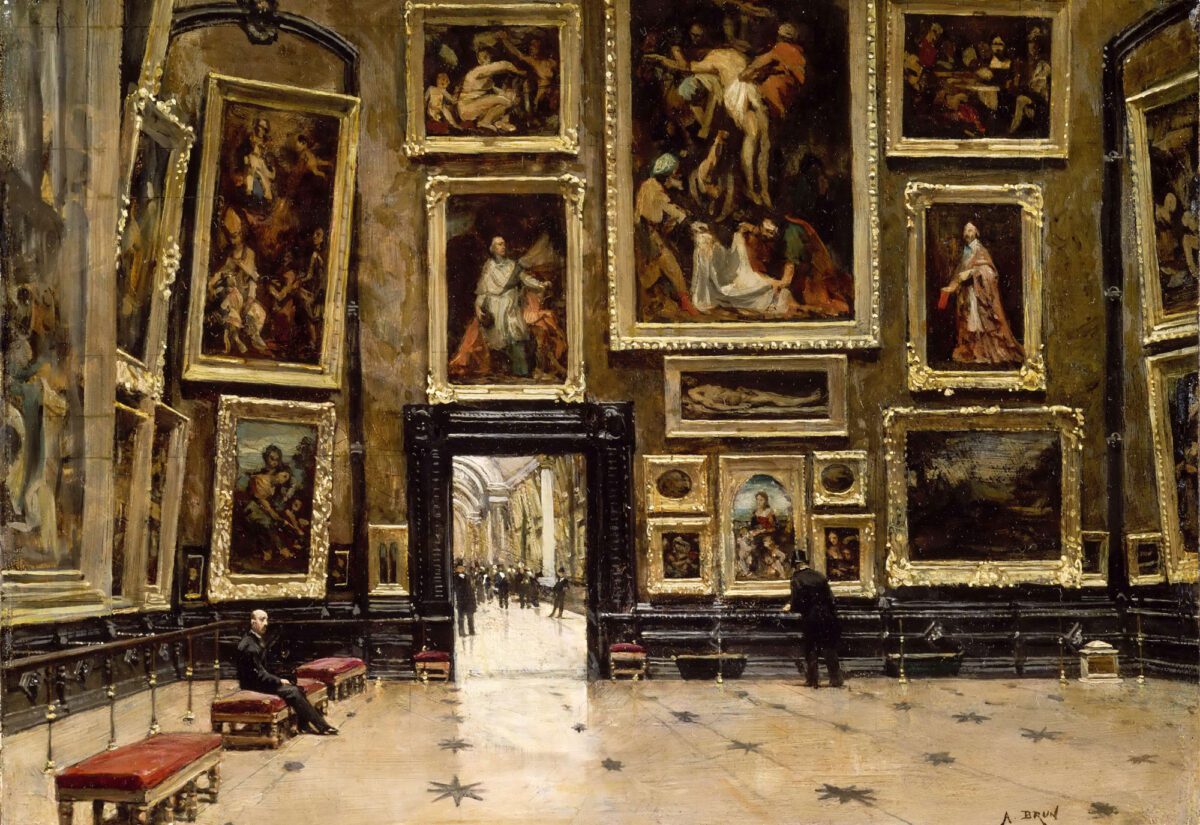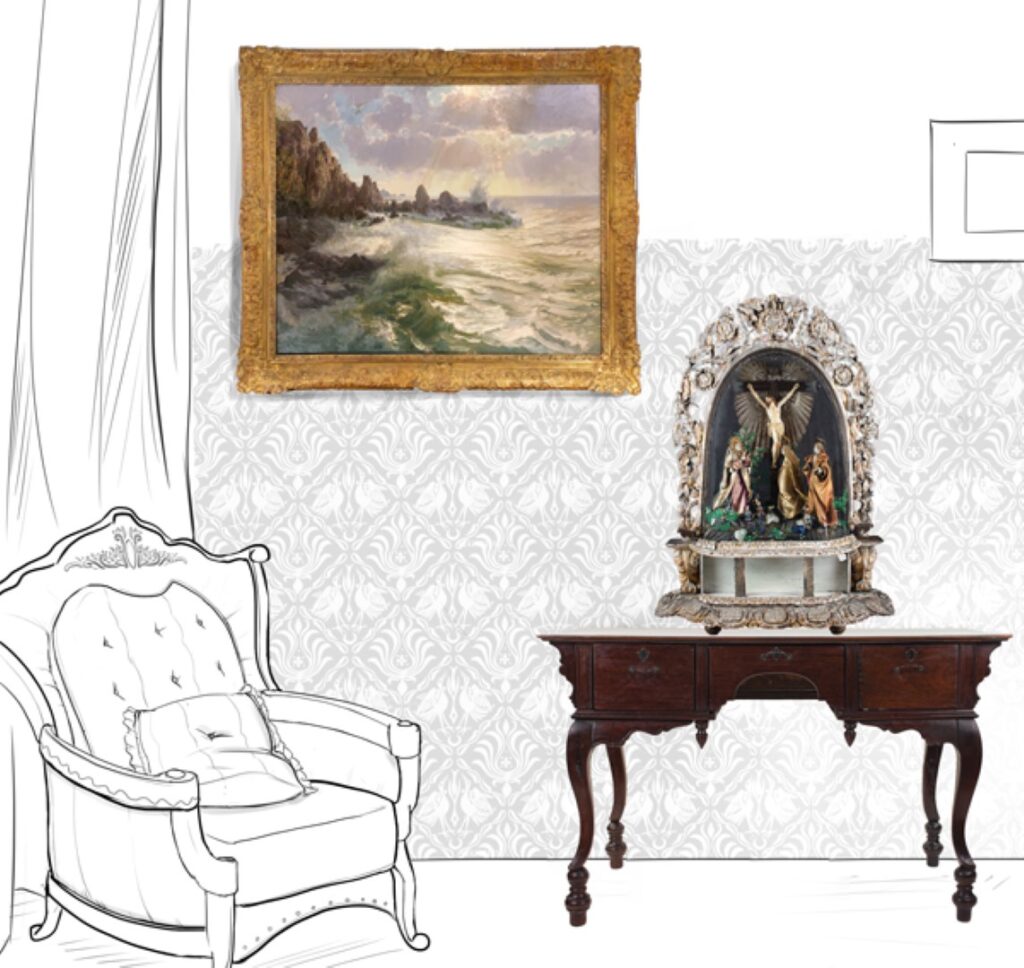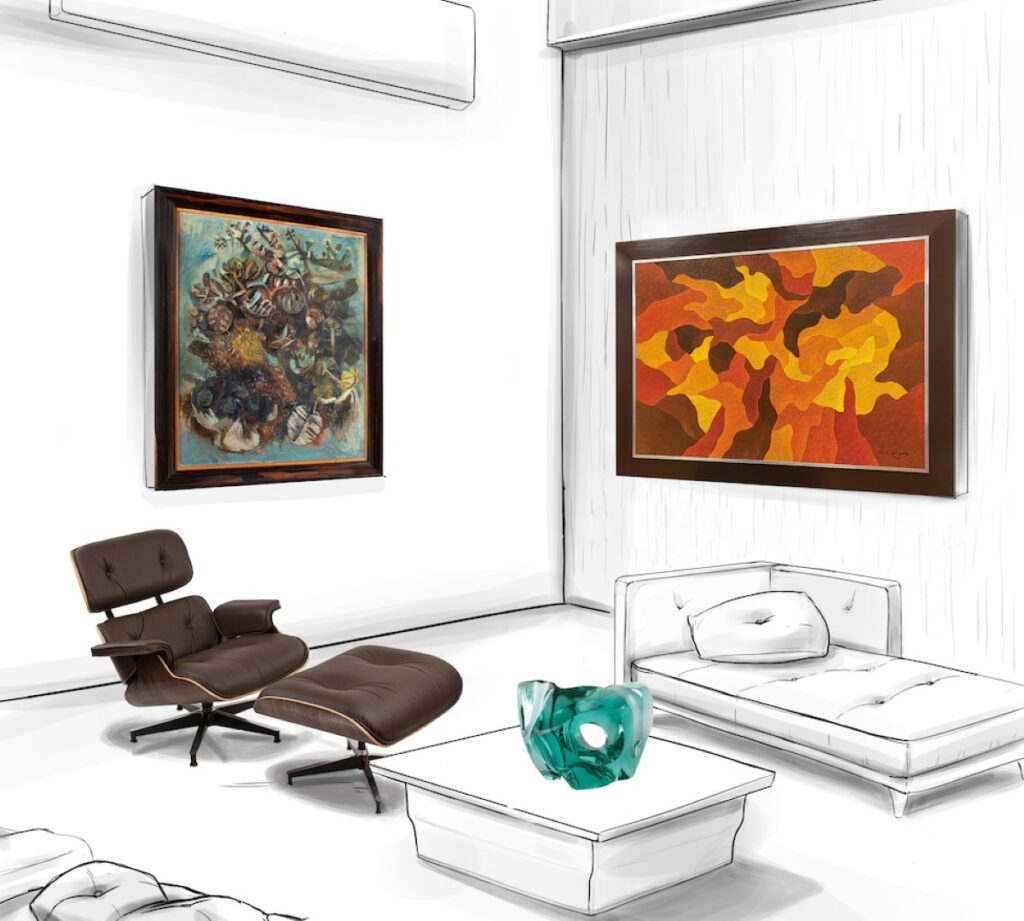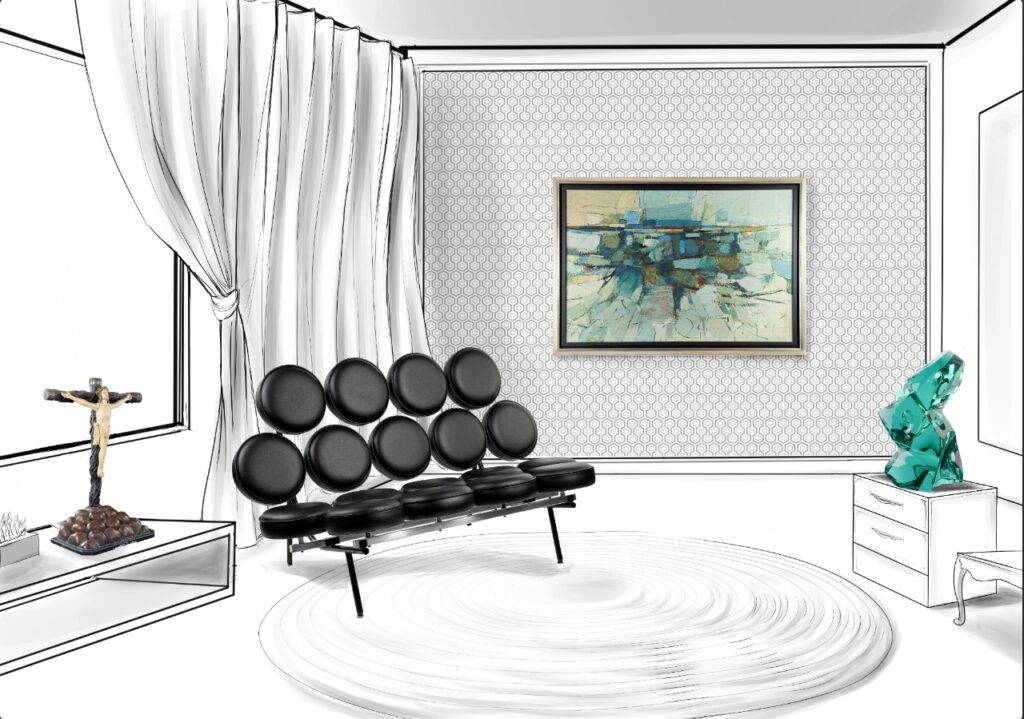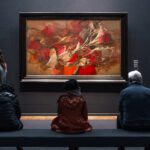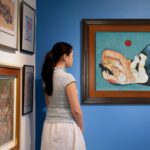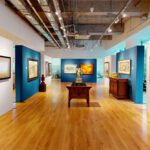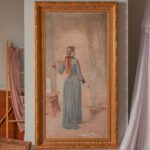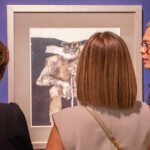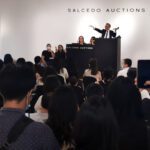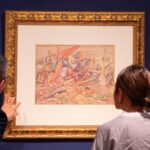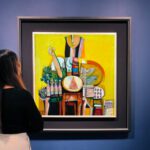This year’s edition of The Well-Appointed Life, the country’s longest-running and biggest annual auction, carries the theme ‘The Worlds We Create’ – showcasing works of art and pieces that take you on a journey and redefine the spaces that they inhabit. Major highlights from this year’s collection includes works done by some of the country’s old masters and master artisans to established and rising contemporary artists and international designers.
The definition of a successful artist has, like everything else, changed and evolved with time. The roster of artistic greats in Philippine art history is filled with both old, modern, and contemporary masters who have found a way to break barriers and to defy the expectations of their times, remaining ever relevant in any discussion about art and its milieu today.
In the 19th century, European Salons were seen as the pinnacle of success. An artist’s ability to exhibit in one directly spoke of that artist’s value in society. The Salon was an annual exhibition run by an association of established artists largely connected to the top schools of fine arts all throughout the continent. In order for any artist to get their paintings put on display, they must first endure a rigorous screening process before making their way onto the high ceilings of the exhibition halls to be viewed by the ruling classes and the bourgeoisie. This symbol of French culture was a revered institution that promoted the debate of ideas and philosophies, the refinement of aristocratic life, and the definition of various forms of beauty — mainly in the form of the fine arts. Félix Resurrección Hidalgo existed in a world where he, as a Filipino artist, had much to prove to the Euro-centric powerhouses who alone could dictate what the height of taste was considered to be. Hidalgo, like his colleague and compatriot Juan Luna y Novicio, were the first Filipino artists to gain acclaim through the Salon. Finally the institution’s jury and critics had recognized artists from across the world and accepted them into their ranks.
The collection features what is arguably Hidalgo’s most beautiful seascape, a recently discovered 1900 oil on canvas painting entitled Marina. Executed in the style of en plein-air, the painting references light at its most raw, as it reflects onto the turbulent ocean’s surface — preserving that fleeting moment in time as authentically as possible. Transporting its viewers to the world Hidalgo existed in, one where beyond the crashing of waves and the turbulence that we continue to struggle against today, Marina shows a deeper cyan, the color complementing the lavender tones of sky – a vision of a storm that broke and that is just beginning to pass.
As the world eventually grew tired of what many saw as the outdated traditions of the Salon, a new standard for excellence soon was given out to Filipino individuals who have made significant contributions to the development of Philippine arts, The National Artist Award.
It’s first recipient was none other than Fernando Amorsolo, who is best known for his vibrant portrayal of the pastoral life of the Filipino people and rural landscapes accompanied by his signature glow. In his painting entitled Lavanderas, Amorsolo paints one of his most iconic and recognizable subjects, a woman and her companions sitting by the river doing the day’s laundry, with one of them bathing herself. His palette, making use of a richness of greens, highlights the beauty of the natural environment of the Philippines. The glimmering water against the luscious greens evokes memories from its viewers of their own experiences being surrounded by nature and the outdoors—transporting us to the rendered moment in time and allowing us to experience the seemingly familiar, yet outwardly optimistic, reality they offer.
There is also a 1975 oil on canvas by National Artist H.R. Ocampo entitled Excursion to Pinaglabanan – a tribute to Andres Bonifacio, Emilio Jacinto and the Katipunan militia’s successful capture of a Spanish military base. It makes use of his richest and most sought after palette — composed of a wide range of reds, deep orange, yellow crimsons and earth tones. The work is composed of a series of non-figurative intricate configurations and interlocking shapes which the artist in his career was best known for. Excursion to Pinaglabanan is a significant work of Philippine art that embodies the artistic prowess of Ocampo and depicts a key moment in the nation’s struggle for freedom.
Also included in the collection is a remarkable and rare 1966 oil on wood by National Artist Jose Joya entitled Blue Harbor. Joya was a well established abstract powerhouse whose expressionist compositions instantly commanded the attention of any room it was in. As thick loaded brushes were used in the making of this work, it is not only the volume of the paint that catches one’s eye but also the gestural power behind each of the seemingly spontaneous strokes. The deep and dynamic painting is composed of hues of blue and green, instantly reminiscent of a body of water in motion – engaging with and enveloping the viewer in the emotion behind each of Joya’s heavy impasto strokes.
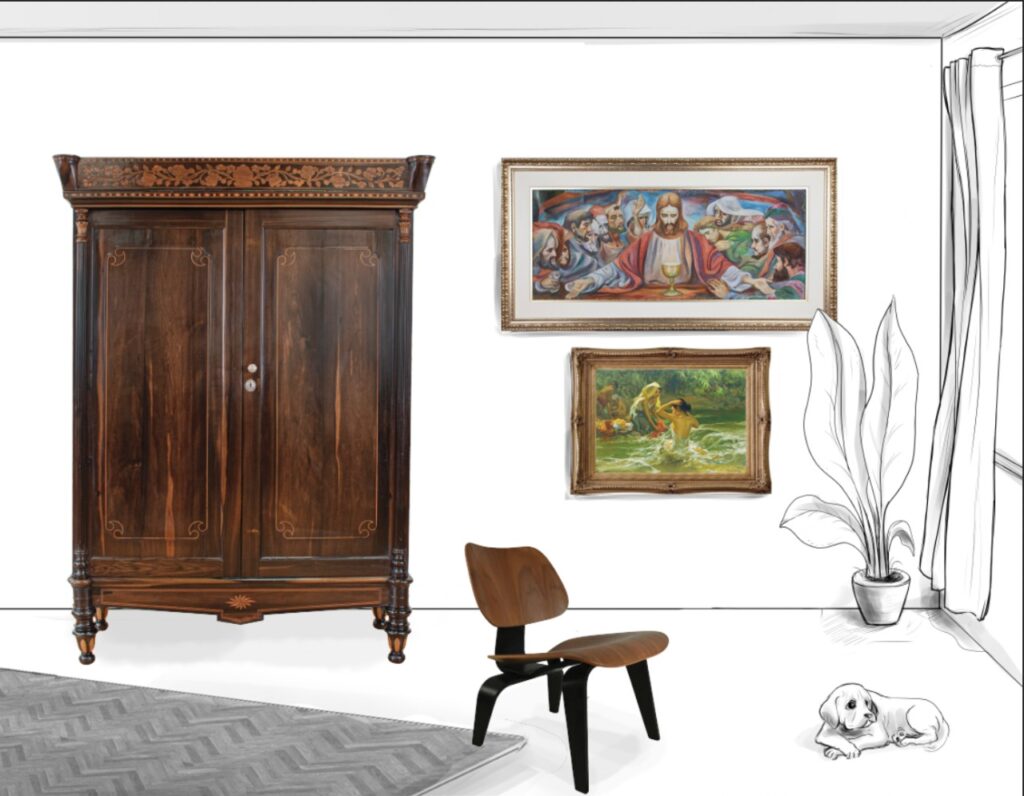
Another highlight is the 1962 oil on canvas by National Artist Carlos “Botong” Francisco entitled Last Supper. Botong was well known for chronicling the world around him and framing it in a painterly translation of the Filipino epic form. Works by Botong are exceedingly rare and difficult to find, especially with such a popular subject as he takes the passage from the Bible. Likely inspired by Leonardo da Vinci’s interpretation, the artist instead renvisions the scene through a modernist perspective. Utilizing multiple points of view, most commonly seen in traditional Chinese painting, Botong is able to create a multi-point perspective that distorts the scene that is unfolding before us, creating a rich and provocative alternative narration of the well known event.
Autumnal Flowers is a much sought after 1962 Barcelona period oeuvre and early work by National Artist Federico Aguilar Alcuaz. This strongly gestural painting pulls its viewer into a visual focus that is both frenetic and intense. The color palette in use is strikingly reminiscent of Alcuaz’s world when he was painting this – an adopted maritime home as seen in the heavy use of aquamarine and earth tones, which hearken to the sea and the surrounding region of Spain’s craggy coastline. This masterpiece represents the changing of the seasons, where everything that surrounds us transforms itself into something new every few months, changing into something gorgeously ambiguous and mysterious. It evokes curiosity in the viewer – leaving them asking what could be next? – as they ponder this vibrant still life and revel in the created world of Alcuaz.
See these works together with the 130 lots on offer at the ‘Important Philippine Art’ sale of The Well-Appointed Life, which takes place live and online on Saturday, 18 September 2021 at 2pm. Click this link to view the catalogue, and where you can also register to bid.
